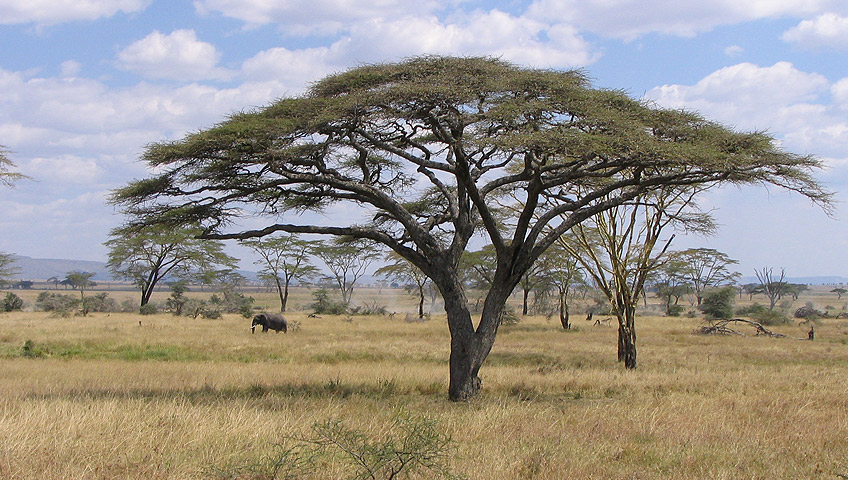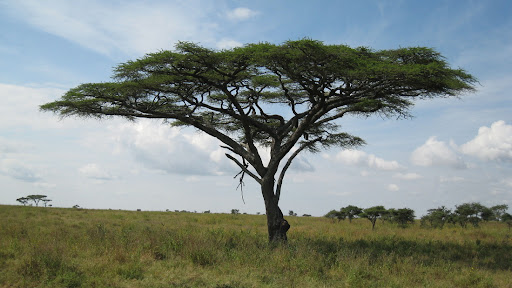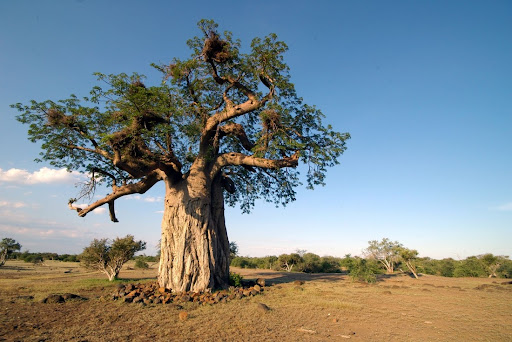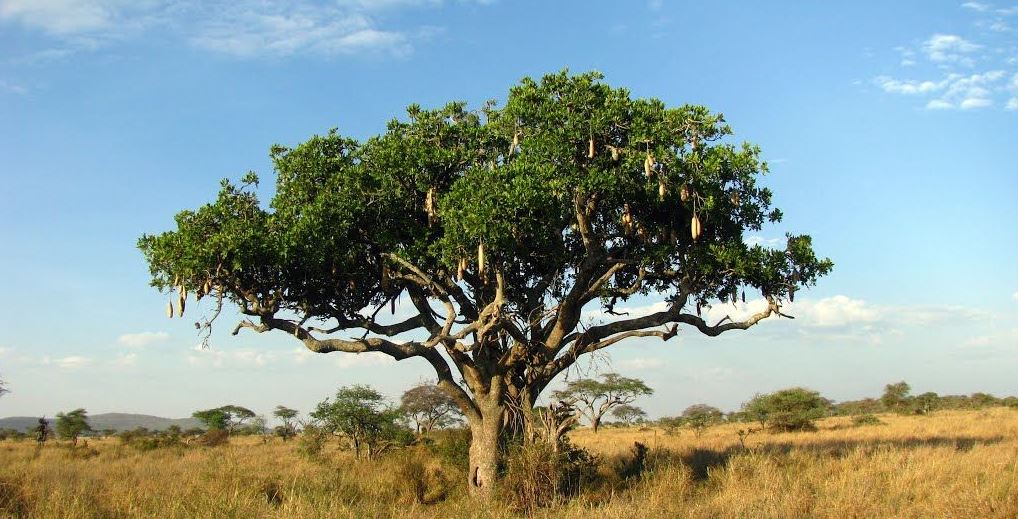Plants in Serengeti National park
Plants in Serengeti National park : The oldest and largest ecosystems in the world, respectively, are formed by the plants in Serengeti National Park. The Serengeti-Mara ecosystem spans 30,000 square kilometers, going through Serengeti National Park on its way from Kenya’s renowned Masai Mara National Reserve to the Ngorongoro Conservation Area. The second-largest and most famous animal migration in the world, the wildebeest migration, passes through the renowned ecosystem. Over 1.5 million blue wildebeests, technically known as Connochgaetes taurinus, over 200,000 zebras, also known as Equua burchelli, over 400,000 Thomson gazelles (Gazella thomsoni), and other plain animals make up the impressive migration. The name of the migration is given to the wildebeest because they are the ones who drive the migration and make up the majority of the team.

The movement crosses boundaries in a clockwise manner and only at certain times of the year. Although the precise day of crossing is unknown, the duration of passage is known, they follow the weather and rainfall companions.
The wide savannah grasslands, also known as volcanic grasslands and situated on the border of Tanzania and Kenya, are the dominant plant type in Serengeti National Park. Just 2° and 4° in the South separate the park from the Equator. The Serengeti National Park’s vegetation are mostly determined by the region’s climatic conditions as a result of the park’s proximity to the equator.
The Serengeti National Park experiences two rainy seasons: a longer one that occurs early, from March to May, and a shorter one that occurs around November, according to the metrological stations located around the park. The wildebeests roam more frequently each year in search of green pasture and fresh water since the dry spell lasts longer between June and October and between December and February.
Serengeti National Park experiences temperatures that range from 24°C to 27°C on average during the dry season and 15°C to 21°C during the wet season. The diverse plants in the Serengeti National Park are impacted by the regional variations in average rainfall totals. Rainfall rates are higher in the north, close to Lake Victoria’s coasts, than in the north east. The time when it rains is between March and May and later in November. Varied vegetation covering and consequently different tree species can be attributed to the uneven distribution of rainfall throughout the Serengeti National Park. The various plant species in the Serengeti National Park also have a direct impact on where various wildlife species can be found throughout the park. For instance, black rhinos are typically found in the north, where the vegetation is dense, while leopards can be found in Seronera, where there are Acacia trees, and wildebeests are typically situated in the south, where the grass is sparse.

Three-quarters of the Serengeti National Park is covered in short grass, which is interspersed with several acacia tree species. Over 314 plant species have been identified in Serengeti National Park, according to various research. The Serengeti ecosystem, which spans a network of both protected regions and unprotected areas, is the largest in both Tanzania and all of Africa. The ecology has not changed for decades, despite the fact that the population is threatening to alter biodiversity as a result of its rapid growth. The Serengeti National Park’s plant species composition, vegetation structure, variety, and distribution in the entire Serengeti Ecosystem were all found to be higher in unprotected sections of the Serengeti than in protected areas, according to the study case that was carried out there.
A large variety of habitat types, including riverine forests, open grasslands, woods, forested grasslands, shrubs, and many more, define the Serengeti ecosystem. These serve as various wildlife habitats, increasing the variety of wildlife species in the park. The various plant species in the Serengeti National Park provide as various food sources for wildlife.

Themeda triandra, Sesbania Sesban, Hibiscus hybrids, stringa Asiatica, Vernonia poskeana, and other colonizing plant species have a high growth rate in the area, according to Moshi (2000), and this is due to the inhabitants’ higher rate of disturbance of the vegetation.
Argemone Mexicana and Elionurus muticus are the two most prevalent weeds in the Serengeti National Park, especially in the vicinity of unprotected regions. Livestock dislikes these weeds better than other grasses. The tree species used by the majority of large animals as teritori boundaries—including elephants, lions, leopards, giraffes, and others—are dispersed to regions with a particular amount of annual precipitation. These plant species are also used by others for nesting, feeding, and browsing.
Throughout Serengeti National Park, there are roughly 15 different alien plant species. Just 50 meters away, you may find 80% of the world’s exotic tree species along the highways and in the nearby camps. The Acacia tree, Acacia tortilis, Acacia Drepanolobium, and Kigelia are the most prevalent plant species in the Serengeti (the Sausage tree). Safaris to the Serengeti National Park or other parts of Africa are mostly focused on the fauna (game), particularly the big 5. However, Serengeti has more to offer in the way of flora. Wildlife and flora depend on one another, which makes it important for all three to coexist.

For predators, trees provide cover, shelter, food, and places to hunt. Serengeti National Park’s extensive plant diversity has drawn a variety of animal species to the area. Your safari to the Serengeti national park will seem entirely different without the vegetation or flora. No beautiful sights; the park’s vegetation is instead just dust.
